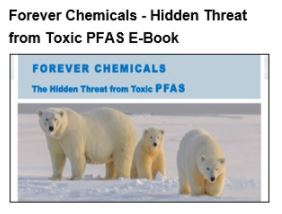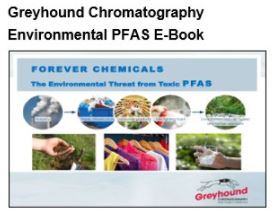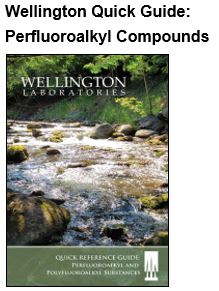Is warm bottled water dangerous?
![]()
As summer ends and climates cool in the Northern Hemisphere, consumers may be buying fewer bottles of water. Anything they have leftover is likely to be stored in garages, the trunks of cars or other areas that tend to stay warm. This poses the questions – is it safe to drink water that has been packaged in plastic containers for extended periods of time, or do certain chemical compounds leach from the containers and taint the water?
One team of scientists from the University of Florida noted that most commercially sold bottles of water are manufactured with polyethylene terephthalate. The hazard here is the potential leaching of antimony and bisphenol A into the drinking water, as published in the journal Environmental Pollution.
What are the dangers of BPA and Antimony?
According to the National Toxicology Program, a division of the National Institute of Environmental Health Sciences, BPA is widely used in the production of polycarbonate plastics and epoxy resins. That makes BPA ubiquitous in everyday life, as it is found in water bottles, baby bottles, food and beverage packaging, compact discs, medical devices and impact-resistant products.
BPA residues can easily enter the body if they leach into food and beverages, or if people handle receipts printed on certain types of paper. BPA has been cause for worry because of studies showing that the substance is detectable in 93 percent of Americans who are at least 6 years of age.
According to the NTP, there is some concern that BPA can have toxic effects on the developing brains and behaviour of fetuses and children, as well as the prostate gland. Additionally, there is a lesser degree of concern that BPA causes early puberty in girls and reproductive toxicity from occupational exposure to BPA, and an even lesser degree of worry about reproductive toxicity and birth defects from non-occupational exposure.
Meanwhile, antimony is an element that is used to make plastics flame retardant, according to the U.S. Environmental Protection Agency. Acute exposure to antimony can occur through inhalation and ingestion, and may lead to skin problems, ocular conjunctivitis or gastrointestinal problems. Chronic exposure has been linked to respiratory issues, gastrointestinal problems, cardiovascular complications and reproductive issues, including spontaneous abortion. One study published by the Indian Journal of Occupational and Environmental Medicine listed the EPA's drinking water contaminant limit for antimony as 6 parts per billion. While the levels of antimony in most bottled water usually range from 0.095 to 0.521 ppb, those figures may increase over time if antimony leaches from the plastic because of long-term exposure to heat.
The EPA does not consider antimony to be a carcinogen, but the International Agency for Research on Cancer – part of the World Health Organization – does.
'There may be a concern'
To find out whether exposure to BPA and antimony from warm bottled water is a genuine health concern, researchers from UF conducted a study in which they analyzed bottled water from 16 brands, all of which were stored at 158 degrees Fahrenheit for four weeks. By the end of the study period, water from one brand exceeded the EPA's exposure limit for antimony and BPA. However, the study authors noted that more research is needed for the other brands.
"If you store the water long enough, there may be a concern," lead researcher and soil and water science professor Lena Ma said in a statement.
The dangers posed by this problem will differ depending on how certain cultures feel about tap and bottled water. For example, people in China have less confidence in the quality of their tap water than people in the U.S. For this reason, the Chinese may be more likely to drink water that has been stored in hot car trunks for weeks at a time.
The study authors also reemphasized that their research focused only water, not other beverages.
"More attention should be given to other drinks packaged with polyethylene terephthalate plastic, such as milk, coffee and acidic juice," Ma added. "We only tested the pure water. If it is acidic juice, the story may be different."
Outside the scope of the study, Ma made a personal recommendation for tapped water over bottled water.
CONTACT US
Tel: +44 (0) 151 649 4000
Email: marketing@greyhoundchrom.com
FOLLOW US
YOU MAY ALSO BE INTERESTED IN OUR NEWSLETTER














